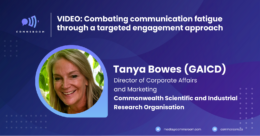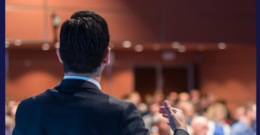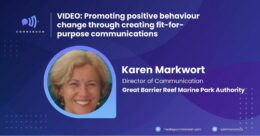The University of Queensland has launched a unique online tracker to map social media spending trends of election candidates during the federal election campaign.
Experts in political and computer sciences have joined forces to build the UQ Election Ad Data Project to trace and analyse data on Facebook election advertising during the 2022 campaign.
The social media spending trends of candidates will be highlighted by the data dashboard created by the university’s academics.
According to the Australia Institute, rules and regulations surrounding election campaign spending remain almost non-existent.
Social media ads micro-target specific audiences using personal data to personalise advertising messages and make it challenging to identify the claims of political parties and candidates.
“The public is also entitled to know how ads are being targeted to users,” the institute warned.
According to the project’s co-lead Associate Professor Gianluca Demartini from the School of Information Technology and Electrical Engineering, the social media spending tracker will update every six hours to provide a systematic analysis of Facebook advertising produced during the election campaign.
“The project will shed light on spending, targeting and thematic trends by those seeking to shape perceptions during the election campaign,” Associate Professor Demartini said.
“The initiative draws on classic and novel techniques in computer science so that citizens and the media can better understand the digital ecosystem of advertising on Facebook during the campaign.”
The Project was partly funded by a UQ Cyber Initiative grant and builds on four years of research by Dr Demartini and his research team.
Co-lead Dr Glenn Kefford from the School of Political Science and International Studies said the tracker would make an important and timely contribution to public debate by tracking the social media spending of not just candidates but those seeking to influence the outcome of the election.
“Our goal is to make important contributions to discussions about the role of digital campaigns, not only in terms of which organisations are spending money and where, but also what these patterns tell us about the nature of Australian democracy,” Dr Kefford said.
This article was first published on Public Spectrum
Post Views: 40
Eliza Sayon is an experienced writer who specialises in corporate and government communications. She is the content producer for Public Spectrum, an online knowledge-based platform for and about the Australian public sector.



























